1. Maintenance That Adds Up Fast
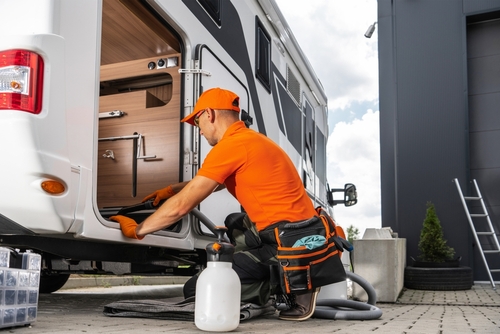
Sure, you know an RV needs upkeep—but few realize how quickly those costs snowball. Oil changes can run anywhere from $150 to $300, and that’s before you consider roof resealing, brake checks, and tire rotations. Unlike a car, neglecting maintenance in an RV can lead to leaks or mechanical breakdowns that cost thousands. Even a small problem like a worn seal can turn into a costly water damage issue if ignored.
The reason this expense sneaks up is that most first-time RVers assume maintenance is “once in a while.” In reality, heavy use, weather exposure, and long road trips make it a regular part of life. Many owners recommend budgeting 5–10% of your RV’s value annually for maintenance. It’s not glamorous, but it keeps you rolling without nasty surprises.
2. Tire Replacement Costs
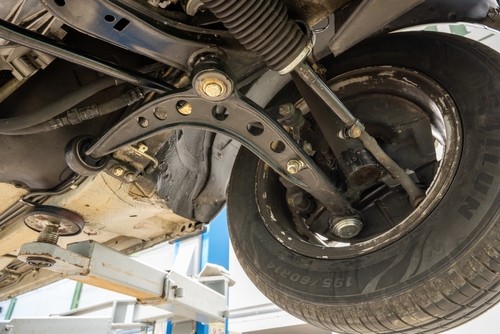
RV tires don’t wear out so much as they age out—and that’s an expensive reality. Even if you don’t drive much, tires need replacing every five to seven years because of UV exposure and dry rot. A single heavy-duty RV tire can cost $300 to $600, and you’ll need at least six of them. That means you could easily spend over $2,000 just on rubber.
This matters because tire blowouts are one of the most common (and dangerous) issues for RVers. Many newbies think “I don’t drive that far” means their tires are fine, but sitting still can be just as damaging. Proper tire care—covering them, checking pressure, and rotating—can extend their life. Still, this is one bill you’ll eventually face, whether you’re ready or not.
3. Campground Fees and Reservations
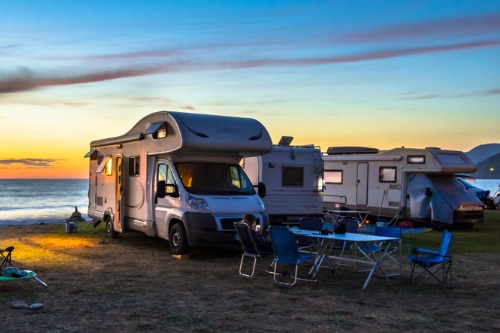
You might think camping means cheap living, but not always. Popular campgrounds can charge $50 to $100 a night, especially during peak season or near attractions. Some even add fees for pets, extra vehicles, or full hookups. Over a long trip, those nightly rates add up fast—rivaling hotel stays in busy areas.
The reason this catches newbies off guard is the unpredictability. You can find free “boondocking” spots, but they often lack power, water, and waste disposal. Many RVers end up paying for convenience, especially in hot weather when hookups for AC are essential. It’s the hidden tradeoff between comfort and budget that no one warns you about.
4. Propane and Fuel Expenses
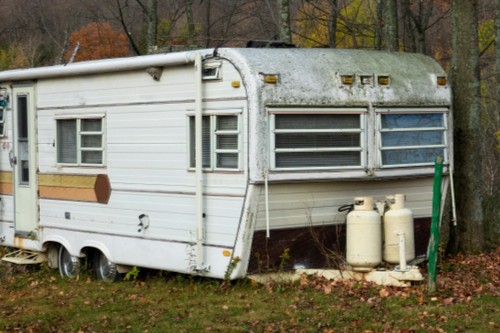
RVs are gas guzzlers—plain and simple. Whether it’s a motorhome’s engine or propane for cooking and heating, energy costs are one of the biggest budget shocks. A large RV might get just 6–10 miles per gallon, and filling up a 75-gallon tank is no small bill. Then add in propane refills every few weeks for the fridge, stove, and furnace.
The reason this stings is that costs fluctuate wildly depending on location and season. In cold weather, propane use skyrockets, while in hot weather your generator might run constantly for AC. Unlike a car trip, you can’t just “skip” these costs—they’re tied to your comfort and mobility. Tracking mileage and using campground hookups wisely can help soften the blow.
5. Insurance Premiums

RV insurance is a must, but many underestimate its range and price. Depending on the RV’s size, type, and use, policies can run from $500 to over $2,000 a year. If you live in your RV full-time, you’ll need specialized full-timer coverage, which costs even more. Plus, you might need roadside assistance, which is often a separate plan.
The reason this catches people off guard is that RV insurance doesn’t work like car insurance. It covers your vehicle, personal belongings, and sometimes even temporary lodging after an accident. Each of those layers adds cost. Skimping on coverage can save money upfront but lead to financial disaster later.
6. Storage Fees
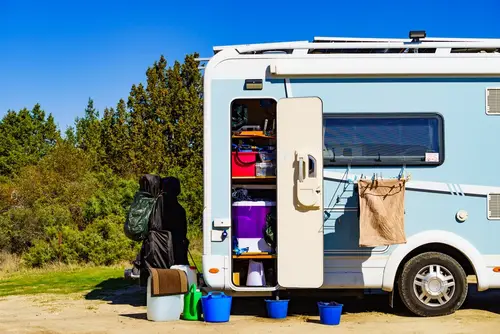
When you’re not traveling, your RV has to live somewhere—and that space isn’t free. Outdoor storage can cost $50–$150 per month, while covered or indoor options can exceed $300. If you live in an HOA community, you might not even be allowed to park it at home. That makes off-site storage unavoidable for many.
The hidden bite here is that storage costs continue even when your RV isn’t moving. It’s essentially rent for your rig to sit still. Plus, you’ll want to protect it from the elements, which may mean paying extra for climate-controlled or secured facilities. It’s one of those quiet, recurring costs that add up over the years.
7. Depreciation

Most people don’t think of depreciation as a “cost,” but it absolutely is. RVs lose value fast—often 20% the first year and up to 50% within five years. That’s worse than most cars. If you finance your RV, you might owe more than it’s worth within just a couple of years.
This matters because resale value affects your overall financial picture. When you eventually trade up or sell, the hit can be significant. Many seasoned RVers recommend buying used to let someone else absorb that first wave of depreciation. It’s a smart move that can save you tens of thousands in the long run.
8. Repairs on the Road
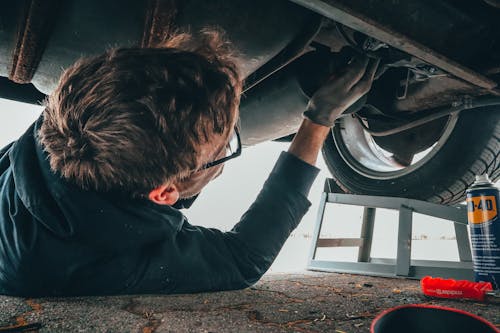
Breakdowns never happen when it’s convenient. Mobile RV techs can charge $150 an hour, plus travel time and parts. Even small issues like a broken water pump or slide-out malfunction can derail your trip and wallet. Unlike car repairs, finding a qualified RV technician isn’t always quick or easy.
The hidden cost here is twofold—money and time. You might lose days waiting for a part or driving hours to a repair shop. Plus, emergency repairs are almost always pricier. Carrying basic tools and learning some DIY fixes can save a lot of frustration (and cash).
9. Internet and Connectivity
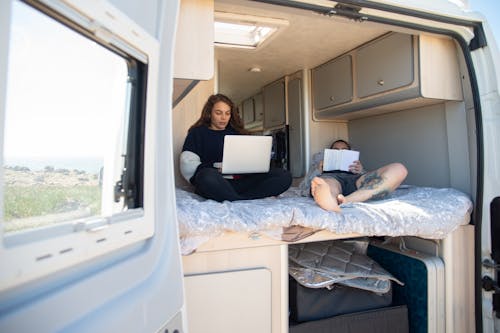
Staying connected on the road isn’t as simple as using your phone. Reliable RV internet often requires mobile hotspots, data plans, and boosters, which can cost $100–$300 a month combined. Many campgrounds advertise Wi-Fi but deliver slow or spotty service. For digital nomads, that’s a major problem.
This cost matters because connectivity isn’t optional anymore—it’s how people work, navigate, and stay in touch. A solid setup usually includes redundancy (like multiple carriers), which adds to the bill. The freedom of the open road doesn’t mean freedom from monthly data charges. It’s the price of staying connected to modern life.
10. Cleaning and Upkeep Supplies

RVs are small spaces that get dirty fast, especially with pets or kids. Specialized cleaning products—like tank treatments, seal conditioners, and exterior washes—aren’t cheap. Even simple things like microfiber towels, wax, and filters add up over time. Unlike a house, you can’t ignore grime without it affecting performance.
The hidden part is that these costs are ongoing. Black and gray water tanks need regular treatment to prevent odors and buildup. Dust and moisture can cause long-term damage if not handled properly. It’s less about luxury and more about preserving your investment.
11. Registration and Taxes
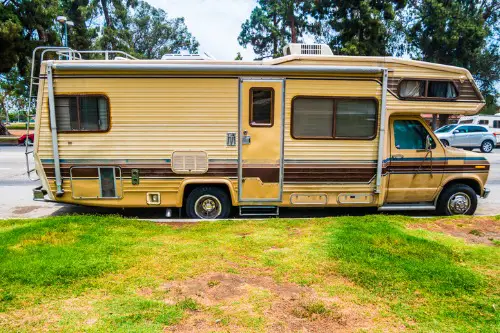
Depending on your state, RV registration can be surprisingly expensive. Some charge based on weight or value, meaning a large Class A motorhome can cost hundreds annually to register. If you buy new, you’ll also face sales tax—which can be several thousand dollars. And in some places, local property tax applies too.
Newbies often miss this because it varies so much by region. When budgeting, it’s worth checking your state’s DMV fees before buying. These costs may not be huge month-to-month, but they definitely impact your annual expenses. Every little bit counts when you’re managing full-time RV living.
12. Generator Maintenance and Fuel
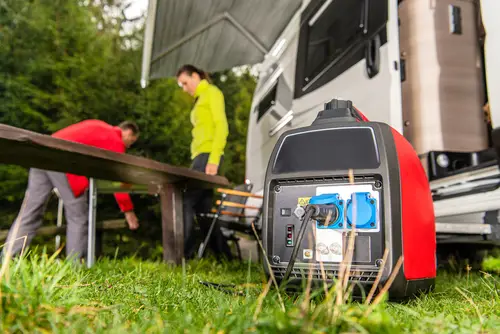
Generators make off-grid camping possible—but they’re another machine to maintain. Oil changes, filters, and spark plugs need regular service, often every 100–150 hours of use. And of course, they drink fuel—sometimes half a gallon per hour. Neglecting maintenance can lead to costly repairs or early failure.
The hidden expense is how quickly small tasks add up. Frequent boondockers run generators daily, so upkeep becomes routine. Fuel use alone can add $50–$100 a week depending on habits. It’s easy to overlook until your generator refuses to start in the middle of nowhere.
13. Memberships and Subscriptions
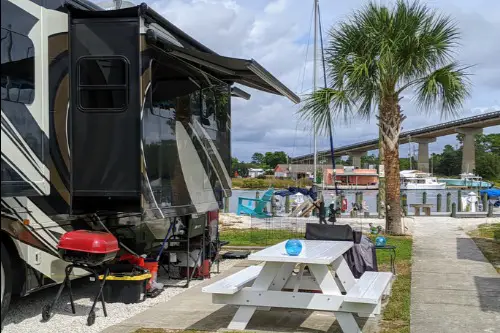
To save money, many RVers join campground clubs like Thousand Trails or Harvest Hosts. But those memberships have upfront fees—often hundreds per year—and sometimes extra site fees on top. You might also subscribe to route planners, maintenance trackers, or mail-forwarding services. All those “little” memberships start adding up fast.
The benefit is real—discounts, convenience, and community—but the cost balance depends on your travel style. If you don’t use them often, you might be paying for nothing. Many seasoned RVers learn by trial and error which memberships are truly worth it. For newbies, it’s easy to overspend chasing savings.
14. Emotional and Opportunity Costs

Finally, there’s a hidden cost no spreadsheet shows: stress and trade-offs. Constant travel means constant planning, uncertainty, and occasional isolation. Things break, weather changes, and flexibility becomes your best skill. It’s rewarding—but not always relaxing.
The reason this matters is that burnout is real, especially for full-timers. You might spend more mental energy than expected on logistics or adapting to new places. That emotional “cost” can be as real as a financial one. Understanding that balance upfront helps you stay grounded and enjoy the lifestyle longer.
This post 14 Hidden Costs RVers Never Mention to Newbies was first published on Greenhouse Black.
